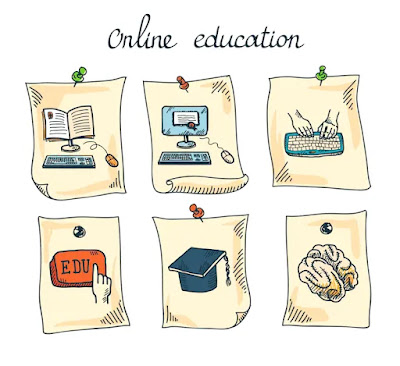We are basically social by nature and when that social aspect is absent, we crave it and look for ways to accommodate absence and create presence. This social nature is deeply embedded in our perceptual process when interacting with others, not only in the real world, but also in the online environment. It is through the perceptual process that we interact with information and others within the online environment and require others to relate to us and work with us - this happens at the behavioral level.
Individually, each of us needs to make sense of information for our use, for sharing, and for further interacting with others. This refines and expands our knowledge. Individually, we search for appropriate resources to challenge, support, and enhance our experiences. We then re-examine the entire process by refining what we have integrated, and then circle back to repeat the process - this happens at the cognitive and emotional levels. We continuously go through this process in the online environment from an individual point of view; in other words, perceptually (Lehman, 1996; 2006). Because this process occurs at the subconscious level (Noe, 2005), it is difficult to notice when it is happening.
When thought, emotion, and behavior work together in our real world experiences, we believe that we have created a successful perceptual experience and a sense of presence. Often, we do not realize what happens when we are, for example, assigned to a small group in a face-to-face class (the environment); interacting with group members (with emotion); and focusing, following, and completing the group assignment (with thought, based on group behavior). This perceptual experience parallels the online learning experience, with the exception that in the online learning experience the instructor and learners are not in the same physical space. It is, therefore, necessary to intentionally rethink and redesign the course, incorporating the dynamic interplay of thought, emotion, and behavior to influence the perceptual process and create a sense of presence within the online environment.
References
Lehman, R. M. (1996). The essential videoconferencing guide: Seven keys to success. Instructional Communications Systems.
Lehman, R. (2006). The role of emotion in creating instructor and learner presence in the distance education experience. Journal of Cognitive Affective Learning, spring/summer issue. Available at www.jcal.emory.edu.
Noe, A. (2005). Action in perception. Cambridge. MIT Press.













